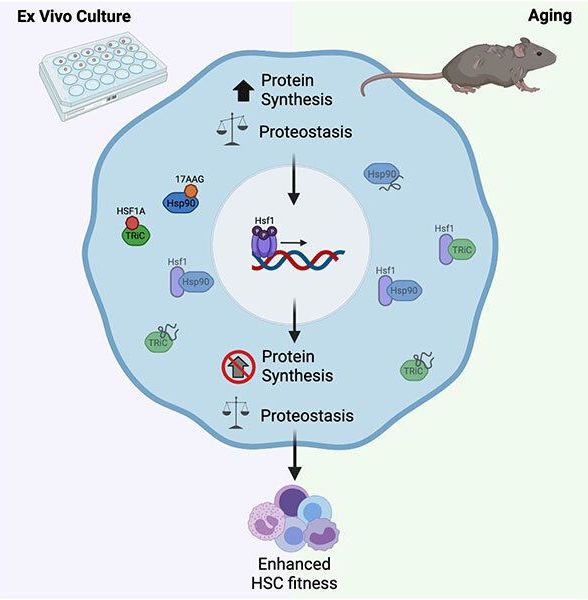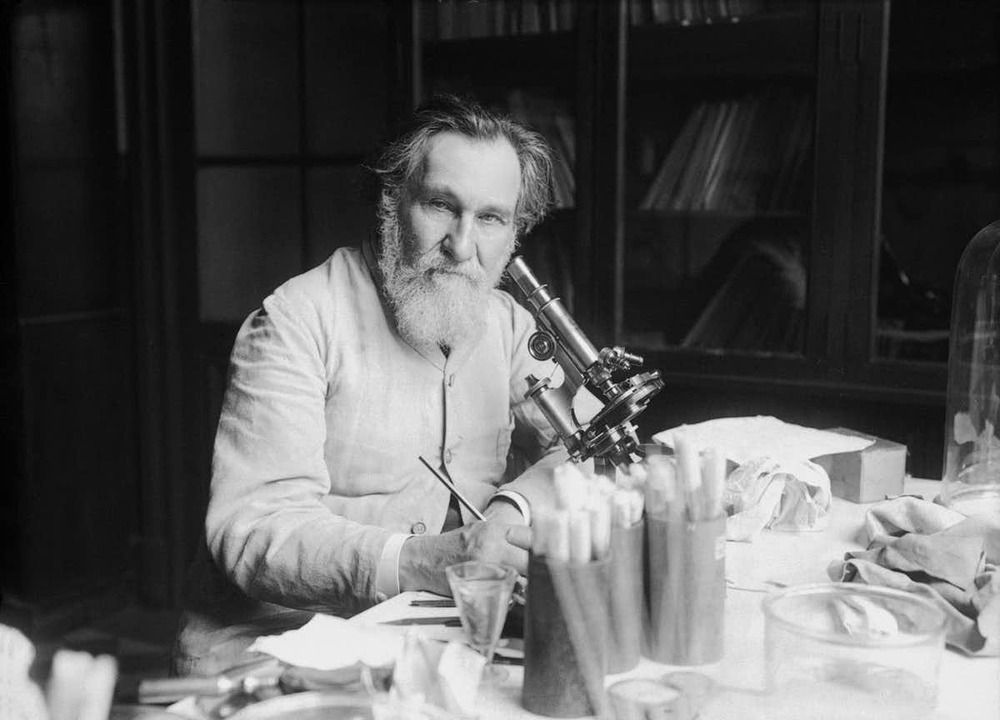Aug 12, 2021
New blood: Lab-grown stem cells bode well for transplants, aging research
Posted by Kevin Huang in categories: biotech/medical, life extension
Hematopoietic stem cells—the precursors to blood cells—have been notoriously difficult to grow in a dish, a critical tool in basic research. Scientists at University of California San Diego School of Medicine have identified the underlying issue and developed a method to keep cultured cells healthy. These findings, they say, are positive news for patients seeking stem cell transplants—and may hint at a new way to ward off aging.
The findings will be published in the August 12 2021 online issue of Cell Stem Cell.
In bone marrow transplants, hematopoietic stem cells are infused intravenously to reestablish blood production in patients whose bone marrow or immune system is damaged. The procedure is used to treat diseases such as leukemia, lymphoma, aplastic anemia and immune deficiency disorders. However, donor stem cells are not always available for patients who need them.

















